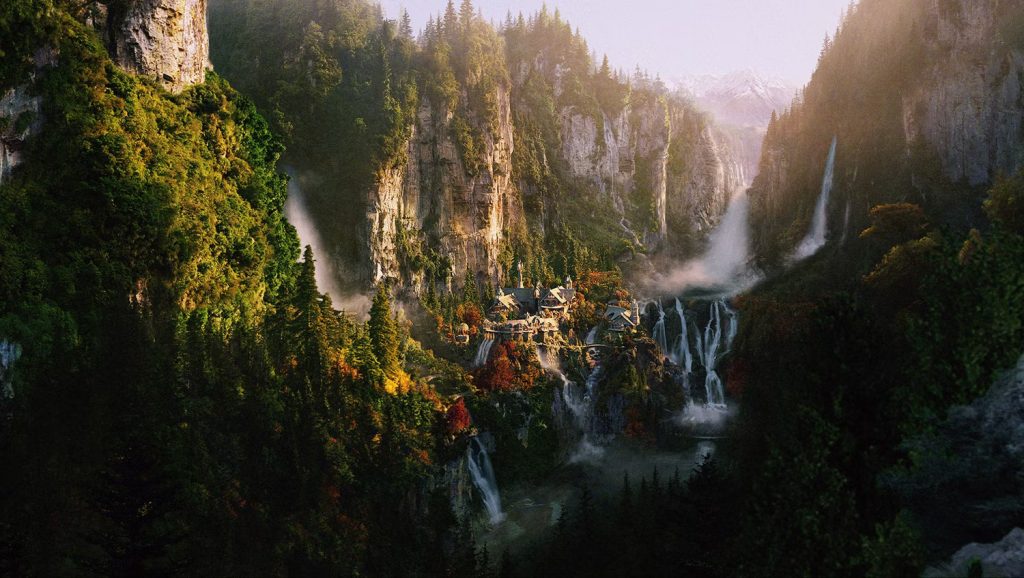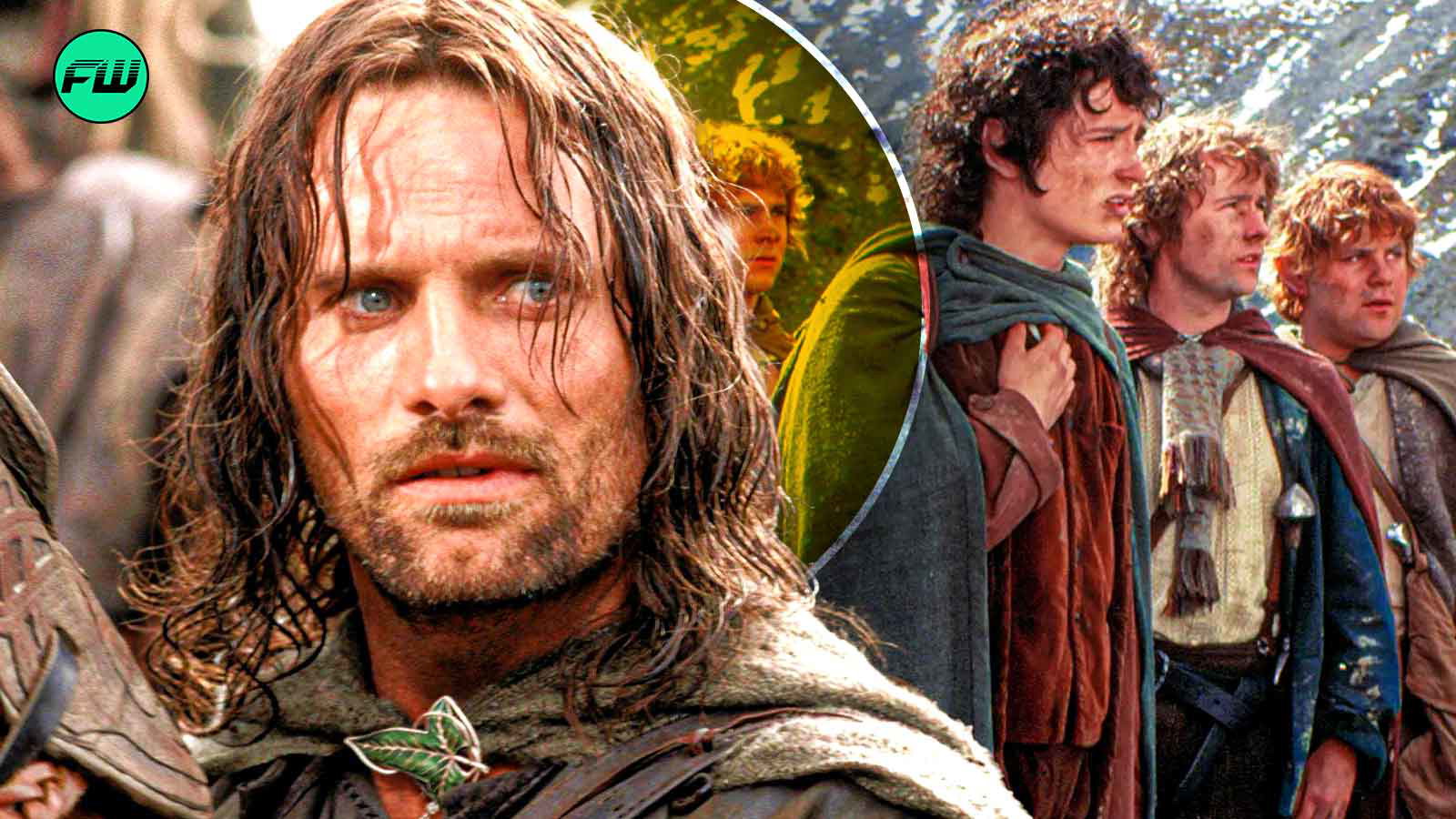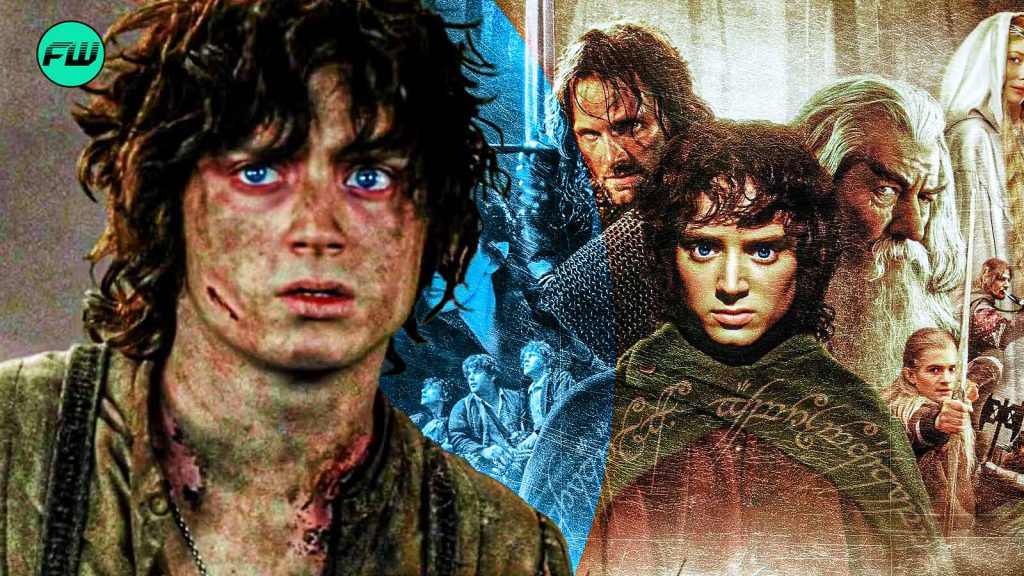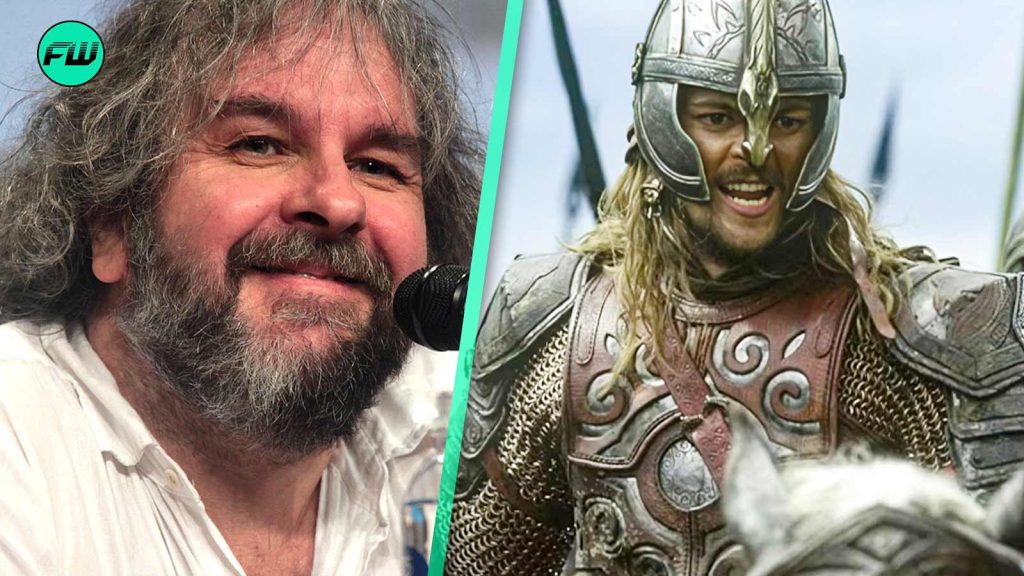Peter Jackson created a living history with the Lord of the Rings trilogy. The director’s penchant for the realm of fantasy and all that it has to offer has in turn delivered the audience a land of endless escapism. Such a rich world of lore and mysticism crafted by J.R.R. Tolkien would have never worked in the hands of anyone other than the Kiwi filmmaker.
![Lord of the Rings – The Shire [Credit: New Line Cinema] Peter Jackson's Lord of the Rings – The Shire [Credit: New Line Cinema]](https://fwmedia.fandomwire.com/wp-content/uploads/2024/08/06141251/Lord-of-the-Rings-The-Shire-Credit-New-Line-Cinema-1-1024x512.jpg)
Despite a strict authority over the lore of Tolkien’s universe, sticking too close to the source material would prove exhausting due to the complete surrealism of Middle-earth’s landscapes, scenery, and population. However, it was Peter Jackson’s unyielding faith in the adaptation and his ingenious inventions that crafted the Lord of the Rings trilogy as a modern-day classic in pop culture history.
Middle-earth Presents a Daunting Challenge to Peter Jackson
The responsibility of adapting the Lord of the Rings novels comes with the burden of being resourceful and innovative. The Middle-earth of Tolkien’s fantasy is unforgiving in its in-depth expansive mythology. The limited creativity that a Hollywood set or a location provides is no match for Hithaeglir, Anduin, or Hobbiton.

As such, reality becomes a roadblock when it comes to the fantastical creations ripped out from Tolkien’s imagination. For Peter Jackson, this meant that he had to devise a method while filming the objects from Lord of the Rings lore that could give them an otherworldy mysticism when translated on screen.
As for the locations and landscapes, the town of Hobbiton and a few other set pieces had to be crafted from the ground up while the rest was filled in by advanced VFX and CGI. Although seen as a nuisance in today’s cinematic industry, directors like Ridley Scott and James Cameron pioneered the advancement of CGI and VFX in the 80s due to films like Alien, Blade Runner, and Terminator.
In the early 2000s, the advancement in the technical and technological aspects of filmmaking then helped bring to life such masterpieces as the Lord of the Rings trilogy, the Harry Potter franchise, and Avatar.
Practical Effects vs. CGI/VFX in Lord of the Rings
Despite the fantastical world of Elves, dwarves, druids, and hobbits, Peter Jackson leaned heavily toward the use of practical set pieces for his Lord of the Rings trilogy. The beauty of Middle-earth became even more tangible due to Jackson’s ability to infuse real objects with the magic of Tolkien’s imagination rather than resigning to botched computer-generated graphics.
![Sir Ian McKellen as Gandalf and Elijah Wood as Frodo in Lord of the Rings [Credit: New Line Cinema] Sir Ian McKellen as Gandalf and Elijah Wood as Frodo in Lord of the Rings [Credit: New Line Cinema]](https://fwmedia.fandomwire.com/wp-content/uploads/2024/08/06140151/Lord-of-the-Rings-franchise-set-to-be-revived-by-WB.jpg)
One of the crucial aspects of the Lord of the Rings trilogy that required an inventive take was truthfully depicting the hobbits with respect to the humans, Elves, and the rest of the population. For that, Peter Jackson used forced perspective in the shots where two separate set pieces would be built and filmed in exactly the same manner while one would be placed slightly in front of the camera to appear larger.
The two shots would be juxtaposed in post-production to give the scene a natural look and feel rather than make the hobbits look unnaturally edited and shortened via CGI.
Another object that used the same technique was the titular ring that was at the center of the Lord of the Rings saga. The props department manufactured several golden circlets of different diameters, the largest among them being 8 inches in diameter.
The differently sized rings would be used for forced perspective shots in various scenes, including close-up shots to show the ring in detail while keeping the actors and the background more subdued and out of focus.
Peter Jackson’s ingenious inventions on set, his ability to adapt to unforeseen issues during filming, and counter matters as simple as focusing on a ring within a frame contributed to making Lord of the Rings one of the greatest trilogies ever produced in live-action cinema.
Lord of the Rings trilogy is available to stream on Max.




